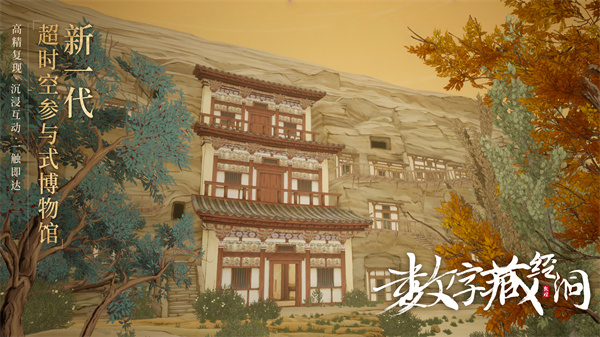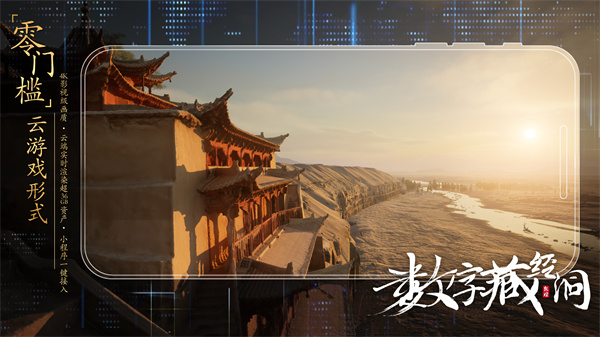Information
Virtual world gives viewers a different experience

The impressive collection of literature in the Library Cave at the Mogao Caves in Dunhuang, Northwest China's Gansu province, represents one of the most inclusive, advanced and open facets of the ancient Chinese, says Dunhuang specialist Zhao Xiaoxing.
Sitting in the Hexi Corridor, the main artery of the ancient Silk Road, the grottoes, a UNESCO World Heritage Site, have been facilitating goods and cultural exchanges between the East and the West for more than 1,600 years.
While the Dunhuang frescoes have recorded the glories of the past visually, the more than 60,000 items of literature housed in the Library Cave, or Cave 17, dating from the 4th to the 11th centuries, have kept the historical essence through the written word, says Zhao, director of the Dunhuang Textual Research Institute, Dunhuang Academy.
She was explaining the value of the literature on April 18, during the launch of the Digital Library Cave, a gamelike program that enables users to virtually witness, and participate in, the rise and fall of the Library Cave on the website Digital Dunhuang or via the WeChat miniprogram, Cloud Museum of Dunhuang Caves.
The Library Cave was built in the mid-9th century and later remained unopened for almost 1,000 years before being accidentally discovered by Taoist priest Wang Yuanlu in 1900.The majority of its cultural relics, comprising Buddhist manuscripts, political and economic documents and other delicate and precious items, are now kept in foreign museums.

There is, as yet, no consensus on why the relics were held there initially or why the cave was later concealed, but academic efforts to reveal the cultural value of the documents have never ceased.
For example, in the digital cave, co-initiated by the Dunhuang Academy and technology company Tencent, users can zoom in on a 10th-century account of beverage expenses claimed by the local government that was attempting to lubricate the wheels of domestic and foreign affairs.
The account shows that the government at the time had established a mature organizational structure and a strict reimbursement system, and suggests that there was religious diversity, prosperous handicraft production and multiple folk activities.
The digital cave project presents the ancient document that holds these accounts, in its entirety, despite the fact that, in reality, it was split into three parts, with two held domestically and one in France.
Zhao adds, while official historical materials dealt mainly with big events, many documents found in the Library Cave recorded things about society at the grassroots level, such as registered residences, providing a micro social landscape through which researchers today are able to piece together what household life was like in those times.
According to Su Bomin, director of the Dunhuang Academy, the digitalization process of the frescoes started in the late 1980s.
After three decades, it has collected digital information from nearly 300 out of the 735 Mogao Caves, supported by the central government and in collaboration with universities and academic institutions.
Zhao says people will naturally view Dunhuang Studies as profound and possibly unfathomable. Therefore, it is imperative that information is relayed in a way that can be easily accessed to popularize the history and value of Dunhuang, and that virtual-world projects like the Digital Library Cave enable people to see things more clearly.
Currently, her institute has been targeting the organization and research of Ancient Tibetan and caoshu (cursive script) literature kept at Dunhuang, and extending the Dunhuang Documents Database, especially for scholars and enthusiasts worldwide to view, search and compare the full texts of Dunhuang literature.
Category: English
News
Information
Key words:
